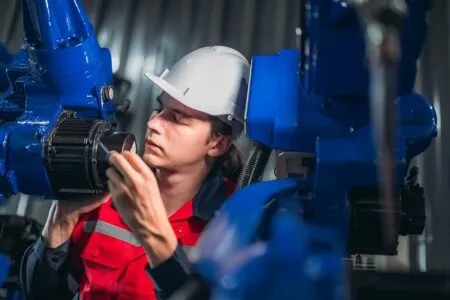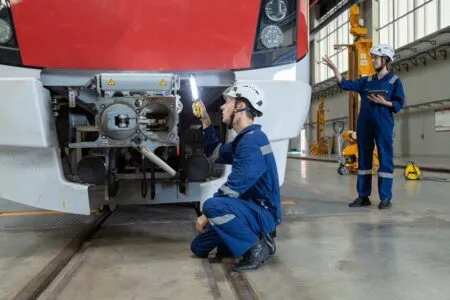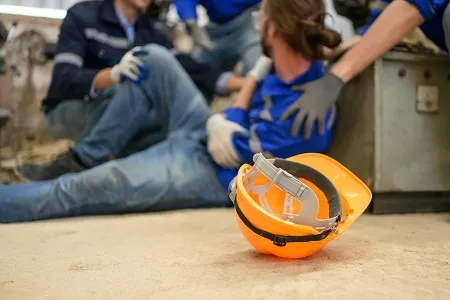What is Maintenance?
Maintenance is an essential aspect of managing any asset, infrastructure or a piece of equipment, ensuring that they remain in good working condition, safe and efficient throughout their operational life. It involves the routine, checking, repairing and servicing equipment and systems to prevent breakdowns and minimise the risk of failures. In this article we will dive into the various facets of maintenance, highlighting its importance, types, strategies and the impact it has on industries and everyday life.
The Importance of Maintenance
The significance of maintenance cannot be overstated. It is crucial for:
- Ensuring Safety: Regular maintenance checks help identify and rectify potential hazards, reducing the risk of accidents and ensuring the safety of users and operators.
- Enhancing Performance: Maintenance ensures that equipment operates at optimal efficiency, which is vital for achieving high productivity and reducing downtime.
- Extending Lifespan: By addressing wear and tear proactively, maintenance activities can significantly extend the operational life of machinery and equipment.
- Cost Savings: Although maintenance incurs an upfront cost, it is far less expensive than the cost associated with equipment failure, which can include repair or replacement costs and loss of income due to downtime.

Types of Maintenance
Maintenance activities can be broadly categorised into several types, each with its own set of practices and objectives:
- Preventive Maintenance: This proactive approach involves regular inspections and servicing to prevent equipment failures before they occur. It is scheduled based on time (e.g. monthly, annually) or usage (e.g. after every 100 hours of operation).
- Corrective Maintenance: This reactive form of maintenance is carried out after a fault has been detected, with the aim of restoring an asset to its proper working condition.
- Predictive Maintenance: Leveraging advanced technologies such as IoT sensors and data analytics, predictive maintenance forecasts when equipment might fail, allowing for intervention before the failure occurs.
- Condition-Based Maintenance: Similar to predictive maintenance, this strategy involves monitoring the actual condition of equipment to decide when maintenance should be performed.
Maintenance Strategies
Choosing the right maintenance strategy is critical for maximising the efficiency and longevity of assets. The strategy can vary depending on the asset’s importance, the complexity of the systems and cost considerations. Common strategies include:
- Run-to-Failure (Reactive Maintenance): This no-intervention approach is used for non-critical assets, where repairs are made only after a breakdown occurs.
- Scheduled Maintenance (Preventive Maintenance): This strategy involves regular maintenance activities based on a predetermined schedule.
- Condition-Based and Predictive Maintenance (Proactive Maintenance): These approaches rely on real-time data to make maintenance decisions, focusing on predicting and preventing failures before they happen.
The Role of Technology in Maintenance
Technological advancements have revolutionised maintenance practices. Tools such as Computerized Maintenance Management Systems (CMMS), Enterprise Asset Management (EAM) software and predictive analytics have made it easier to schedule, track, and optimize maintenance tasks. These technologies enable the collection and analysis of data from assets in real-time, leading to more informed decisions about maintenance activities.
Some maintenance activities/policies should also be covered in your staff online induction.
Maintenance in Everyday Life
The principles of maintenance apply not just to industrial settings but also to everyday life. From regular servicing of vehicles to upkeep of household appliances and public infrastructure like roads and bridges, maintenance plays a crucial role in ensuring functionality, safety culture and longevity.
Maintenance is a critical function that underpins the operational efficiency, safety and longevity of equipment and infrastructure. By understanding the different types of maintenance, implementing effective strategies, and leveraging technology, organizations and individuals can ensure that their assets perform reliably and continue to serve their intended purpose over time. As technology evolves, the field of maintenance will continue to advance, offering even greater opportunities for optimisation and efficiency gains.



